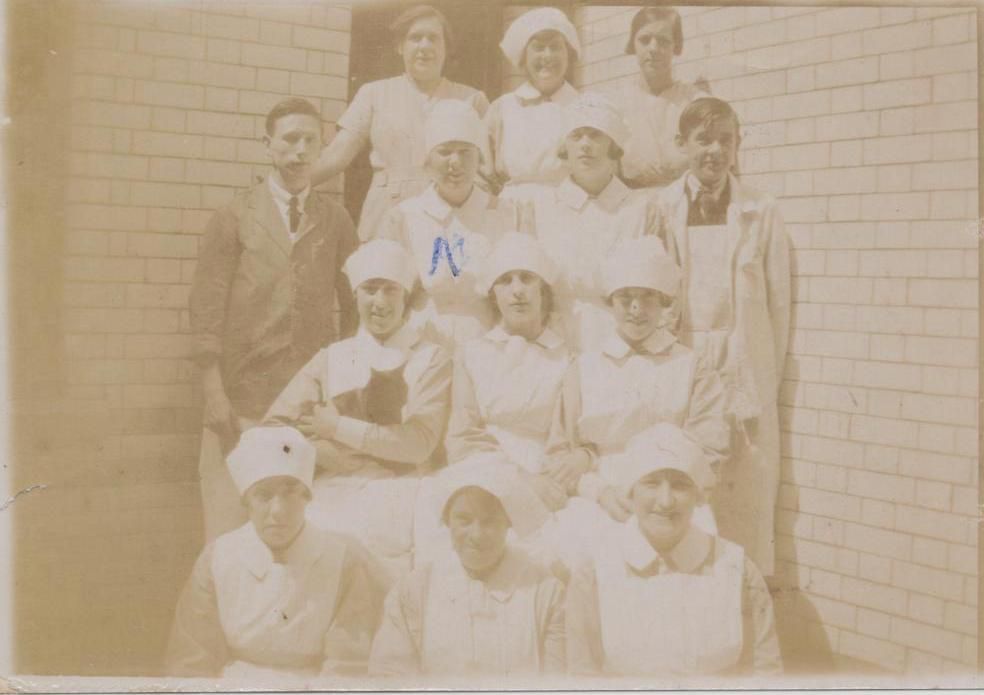Barts Health Archives
@bharchives.bsky.social
14K followers
250 following
190 posts
Explore nearly 900 years of history through the archives and objects cared for by Barts Health NHS Trust Archives. Part of Barts Health NHS Trust. Find out more at www.bartshealth.nhs.uk/barts-health-archives
Posts
Media
Videos
Starter Packs
Reposted by Barts Health Archives
































